Affiliate links on Android Authority may earn us a commission. Learn more.
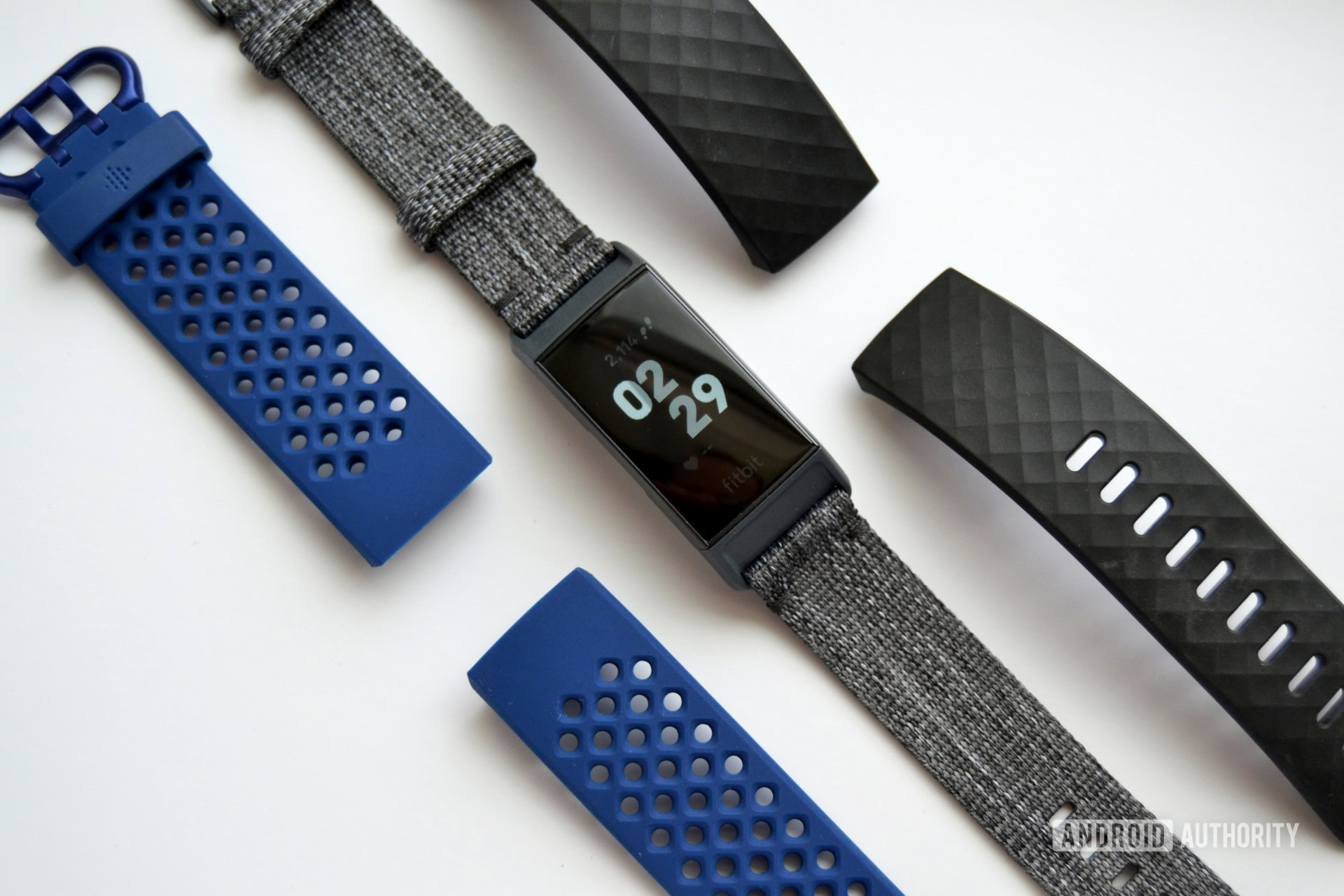
Fitbit Charge 3 review: Fitbit is getting really good at this
Published onMay 1, 2021
Fitbit Charge 3
What we like
What we don't like
Fitbit Charge 3
Fitbit is synonymous with the term “fitness tracker,” and the Charge line has a lot to do with that. Fitbit Charge devices are some of the most popular fitness trackers in the world, likely because they strike a good balance between features and price. Find out if this new entry keeps that up in our Fitbit Charge 3 review.
I've used the Fitbit Charge 3 as my main fitness tracker for two weeks. The Google Pixel 2 XL was my smartphone companion of choice for the duration of this review.
Design
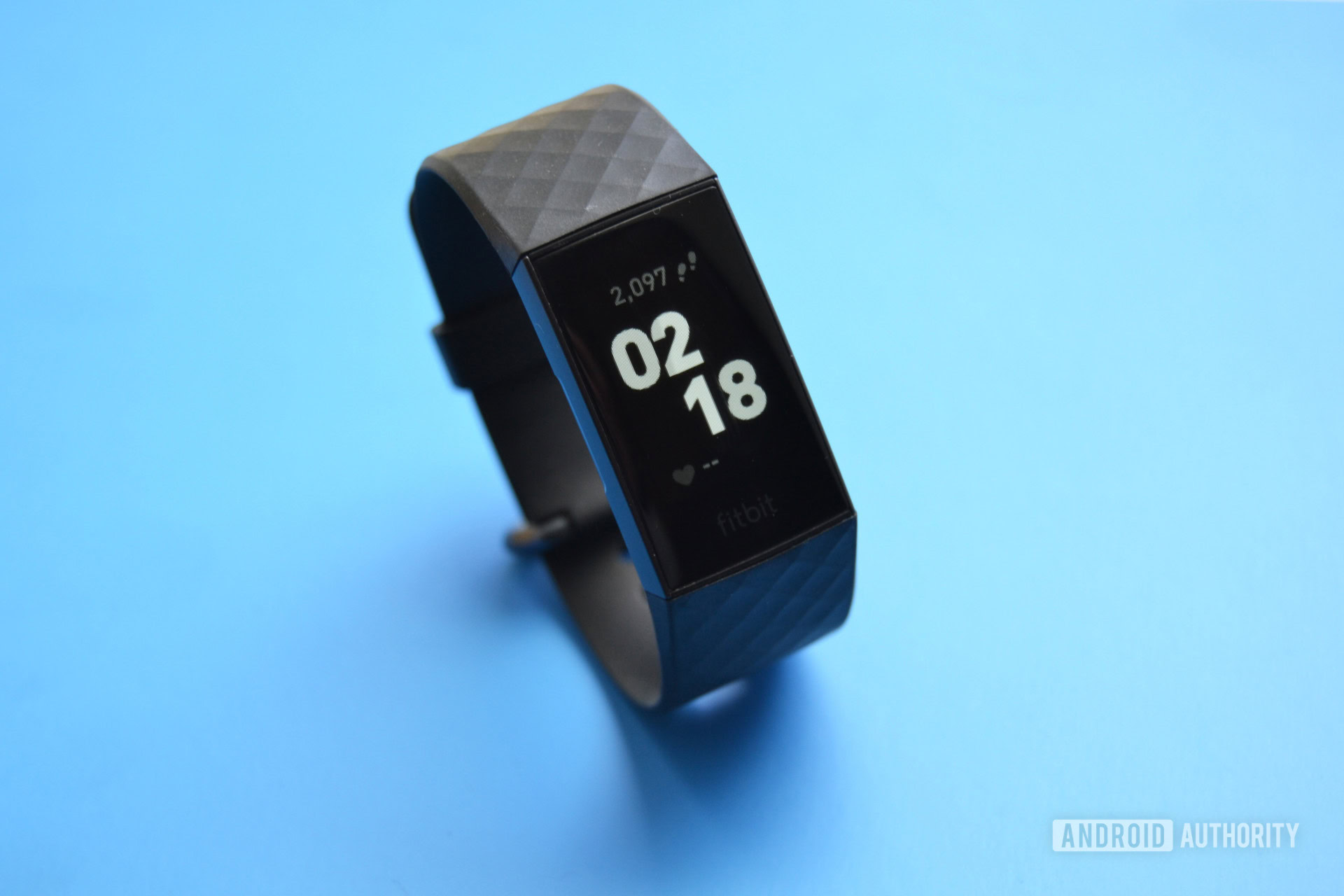
My favorite part of the Charge 3’s design is its versatility. It doesn’t look too sporty or classy, and the standard silicone band strikes a good balance between the two.
It also feels much nicer than any other Fitbit I’ve used. It almost seems cliche to describe a device as “premium” anymore, but that’s really how the Charge 3 feels. All the bands are really nice, the quick-release latches are much less finicky than the Fitbit Versa’s, and the tracker itself is like a hybrid of the Fitbit Ionic and Charge 2. It takes the Ionic’s build quality and mashes it up with the Charge 2’s aesthetic.
Nothing about the Fitbit Charge 3 feels cheap.
The Charge 3 looks and feels much nicer for two reasons: the new display and the lack of a physical button.
Gone is the tap-based navigation from the Charge 2. The Fitbit Charge 3 now has a full touchscreen OLED display, so it feels more like a smartwatch than any other Charge device. It’s still a monochrome display, but the resolution has been improved so text and animations look crisp and readable. I’ve had no issues with outdoor visibility either. In fact, keeping it on auto-brightness is a one-way ticket to getting blinded if you move your arm in the middle of the night. This screen can get bright.
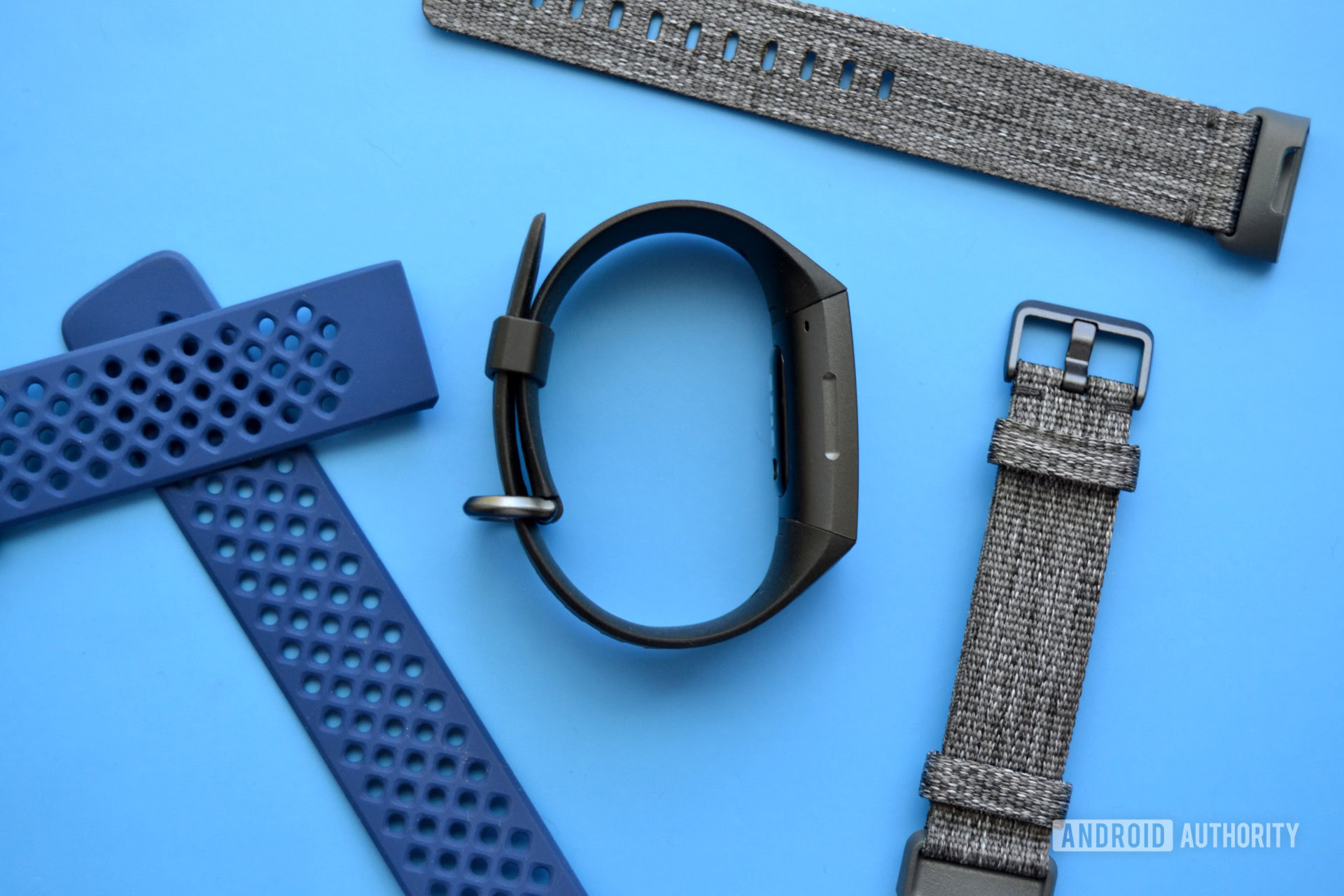
In place of a physical button, there’s a new inductive button on the left side of the case. It’s a pressure-sensitive area on the case that reminds me a lot of the “buttons” on the HTC U12 Plus, but way less horrible. This acts as the back button, and how you turn off the display. Most of the time, I press it too hard and the screen just comes right back on. I still haven’t really gotten the hang of it, even after a few weeks of using it.
If we've learned one thing from HTC, it's that button substitutes don't make for a good user experience.
On a positive note, the lack of a physical button means it was easier for Fitbit to make the device water-resistant. The Charge 3 is resistant to depths of 50 meters (5ATM), which is on par with fitness trackers from Garmin, Apple, and others. This is a big step up from the Charge 2’s “splash resistance.”
Fitness and health tracking
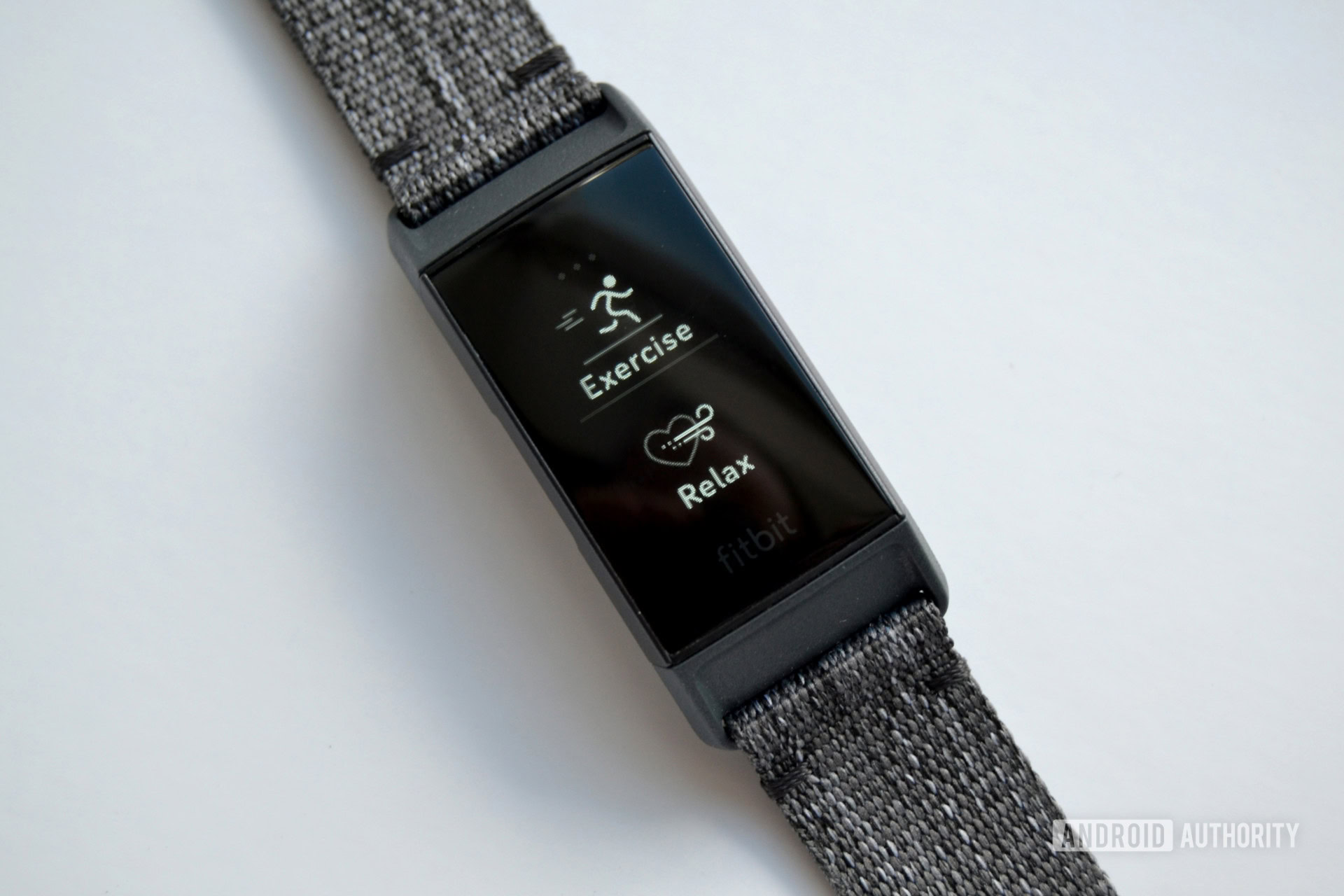
Just like we have mid-range smartphones, we also have mid-range fitness trackers. Fitbit’s Charge 3 falls right in between cheap, bare bones trackers and high-end, expensive wearables. It may not have things like built-in GPS (more on this later), but you still get things like 24/7 heart rate monitoring.
Also read: Fitbit Ionic review | Fitbit Versa review
The Charge 3 can track 20 different exercise modes, such as running, biking, pool swimming, weight lifting, interval workouts, hiking, and more. The full list can be found here. If you find yourself taking part in an impromptu workout, Fitbit’s SmartTrack will kick in and start recording the exercise after about 10 minutes. The feature works just fine for me, but it’s worth mentioning Valentina Palladino of Ars Technica had some issues with SmartTrack not kicking in.
It’ll also keep track of your steps taken, distance traveled, calories burned, floors climbed, active minutes, heart rate, and sleep — par for the course with most fitness trackers these days. Most of these tracked metrics — including steps, calories, and active minutes — are very much on par with other competing fitness trackers like the Garmin vivosmart 4 and Vivosport. However, distance tracking won’t be all that accurate since there’s no built-in GPS module.
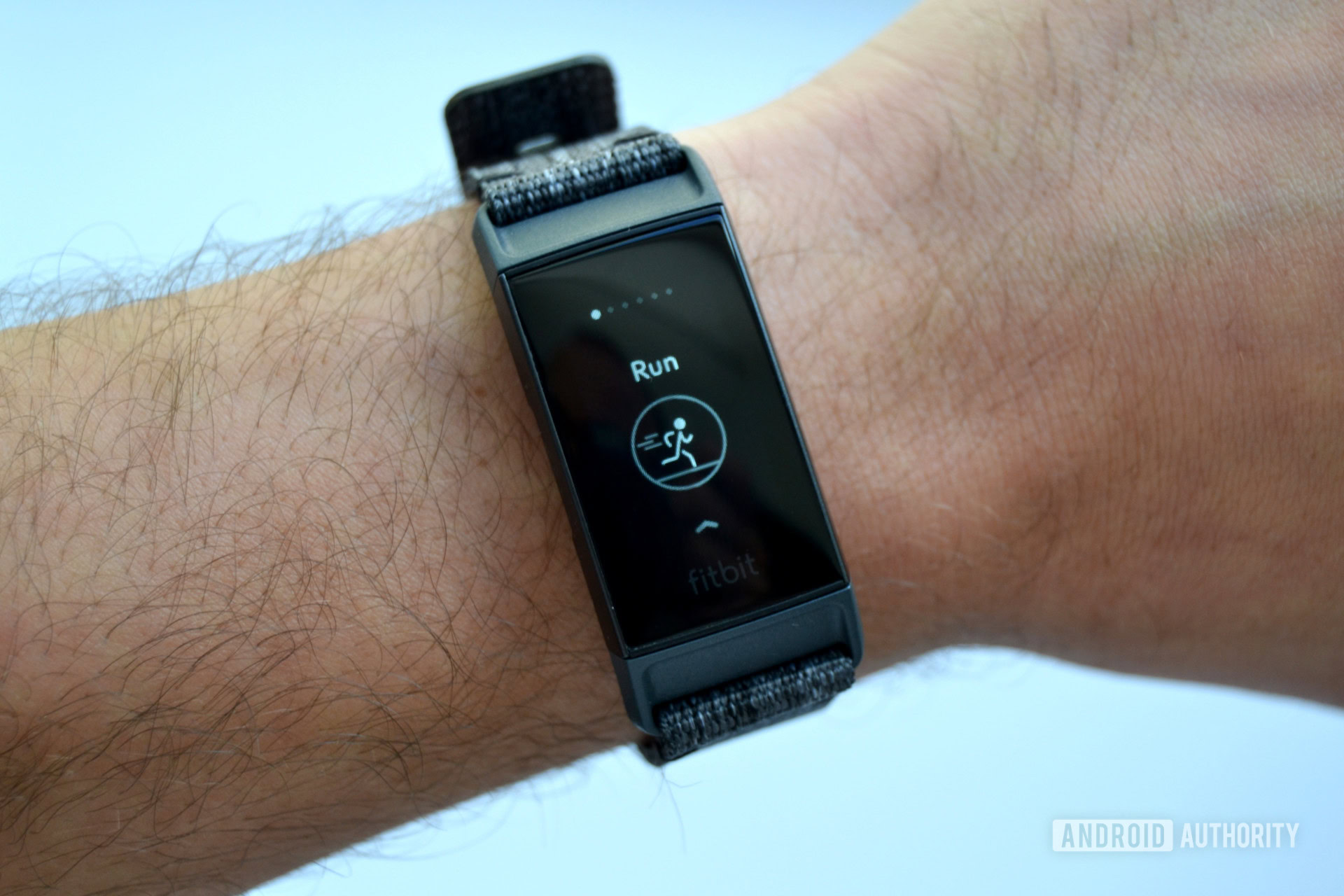
You can connect the Charge 3 to your smartphone’s GPS (aka connected GPS) if you don’t mind taking your phone with you on a run. If you want to run phone-less, you won’t get detailed or accurate distance or pace metrics.
Also read: The best running watches you can buy
I can’t help but think including GPS wouldn’t be a big deal for Fitbit. It’s not like it would make the Charge 3 overly bulky (Garmin’s vivosport has a GPS and it’s even thinner!), and, come on — this is Fitbit. It’s going to sell a ton of Charge 3s. I really don’t think a slight price increase would stop people from buying it.
With all that said, saying your product costs less than $150 is much nicer than saying it costs less than $200. You have to exclude GPS to hit that price. I guess I’m just the type of person that would pay more for it.
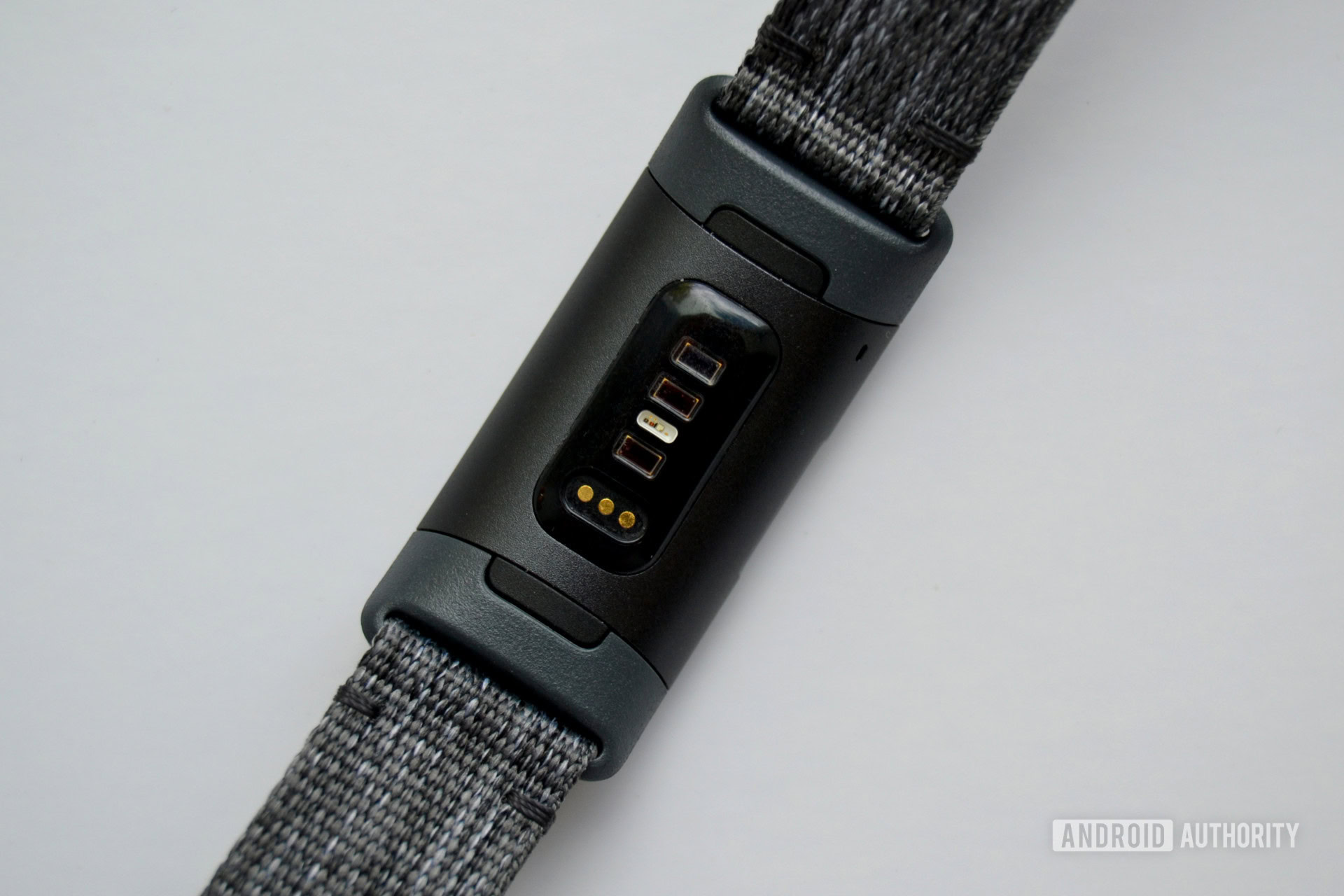
Fitbit claimed the PurePulse heart rate sensor on the Charge 3 has been “enhanced” for better accuracy when measuring things like calorie burn and resting heart rate. I originally thought this was sort of a throwaway line during the Charge 3 announcement, but I think the heart rate sensor has actually been improved this time around.
Take a look at my recent treadmill run. I wore my trusty Polar H10 heart rate strap, Garmin Fenix 5, and the Fitbit Charge 3.
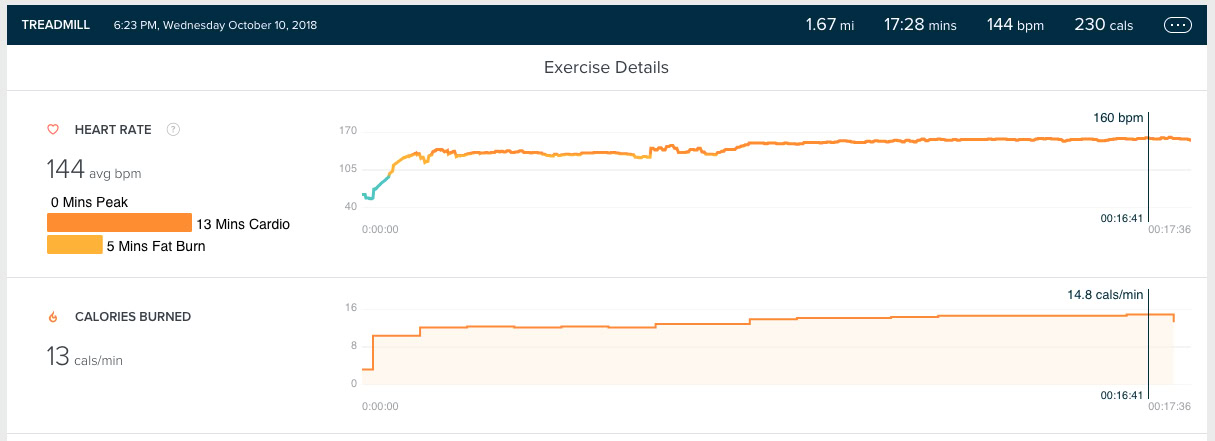
Surprisingly, all three devices reported the same max heart rate, ~162bpm, at about the same time in the workout. All three devices also caught almost every major dip or rise in the workout. Wrist-based heart rate sensors are often slow to catch up to chest straps, but the Charge 3 performed wonderfully. Of course, you’ll want to buy a heart rate chest strap if you want the most accurate readings.
I also compared calorie details for a few workouts with all three of these devices, and I have no problem saying the Charge 3 is a good calorie counter, too. It’s consistently within 10 calories burned of the Fenix 5 and H10. Not bad.
If you ask me to recommend a good sleep tracker, I’ll pretty much recommend a Fitbit every time. Fitbit’s app is just so good at clearly laying out your total time awake and time in REM, light, and deep sleep. It also gives you a 30-day sleep average and a benchmark to compare against other people your age and gender. As for the accuracy of the Charge 3’s sleep tracking, it’s been accurate in my testing, and I haven’t noticed any big outliers.
Fitbit’s Sleep Score feature is finally available for the Charge 3. I’ve found it to be very accurate of how I feel each morning.
With the launch of the Sleep Score beta, Fitbit will also activate the Charge 3, Versa, and Ionic’s SpO2 sensors. When activated, these sensors will monitor for disruptions in your breathing and include that information in your Sleep Score. They also have the long-term potential to help discover early signs of sleep apnea, but that won’t happen for a while.
This contrasts with Garmin’s Vivosmart 4, which uses its pulse ox sensor to give users real-time estimates of blood oxygen levels, as well as tracking it during sleep.
Female Fitbit users will be happy to hear, just like on the Versa and Ionic, female health tracking is available on the Charge 3. This lets you track your menstrual cycles and understand how it affects your health. I haven’t been able to test this out on the Charge 3, but you can read all about it right here.
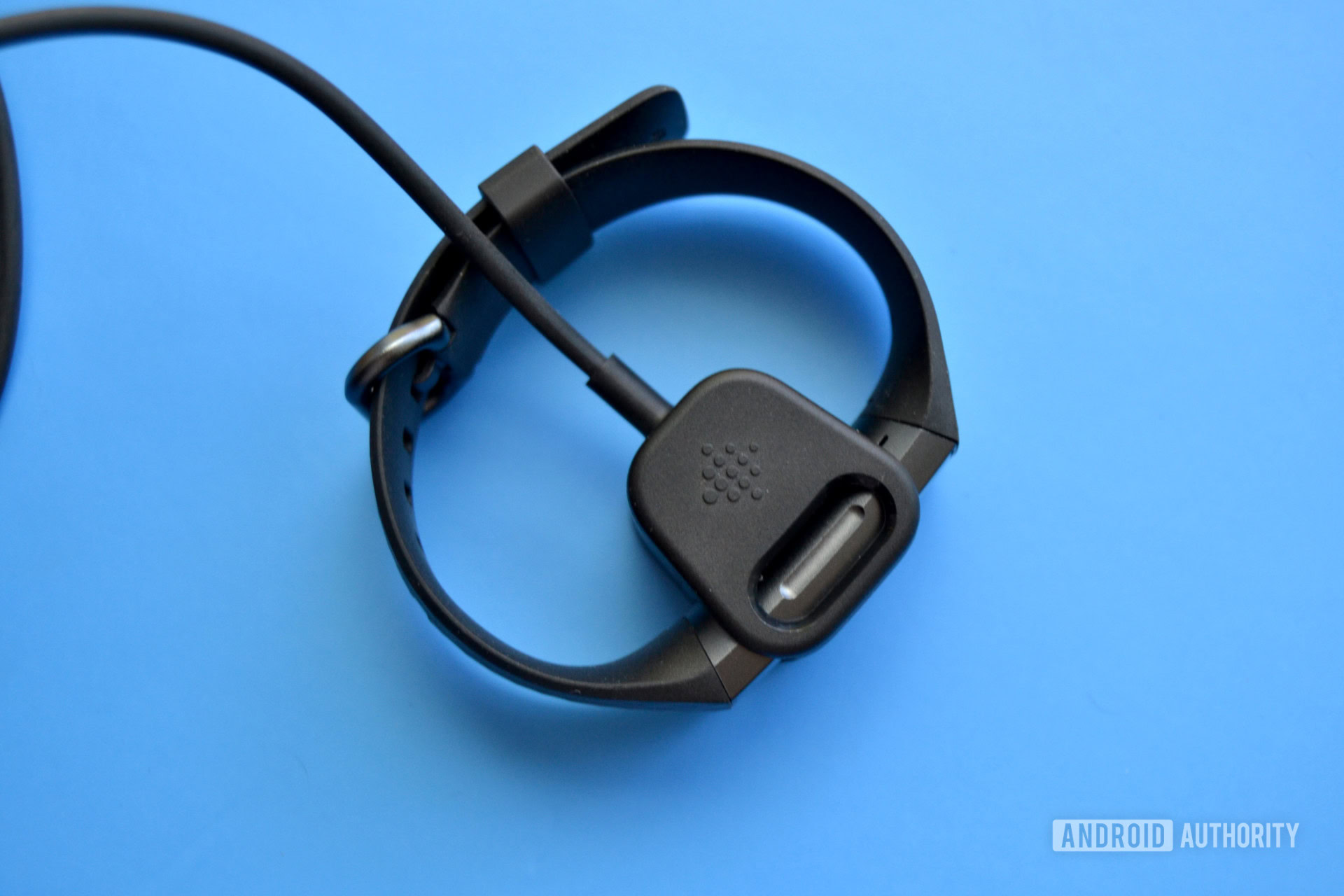
Fitbit claims the Charge 3 can last up to seven days on a single charge. In my experience, it’s only lasted six days, but that’s with it monitoring heart rate 24/7, wearing it every night to sleep, and tracking four to five exercises a week.
Fitbit Charge 3 specs
| Fitbit Charge 3 | |
|---|---|
Display | Touchscreen OLED Corning Gorilla Glass 3 |
Battery | 7 days Lithium-polymer |
Memory | Saves seven days of motion data, daily totals for past 30 days, heart rate data at one-second intervals during exercise tracking and at five-second intervals all other times |
Sensors | 3-axis accelerometer Optical heart rate monitor Altimeter Vibration motor Relative SpO2 sensor NFC for Fitbit Pay (special edition only) |
IP rating | 5ATM |
Smart features | Call, text, calendar, email, music control, and much more Quick replies (Android only) |
Compatibility | Android, iOS, Windows |
Dimensions | Small: 139.7 – 180.3mm Large: 180.3 – 220.99mm |
Colors | Black / graphite aluminum, blue gray / rose gold aluminum, lavender woven / rose gold aluminum, frost white sport / graphite aluminum |
Smartwatch features
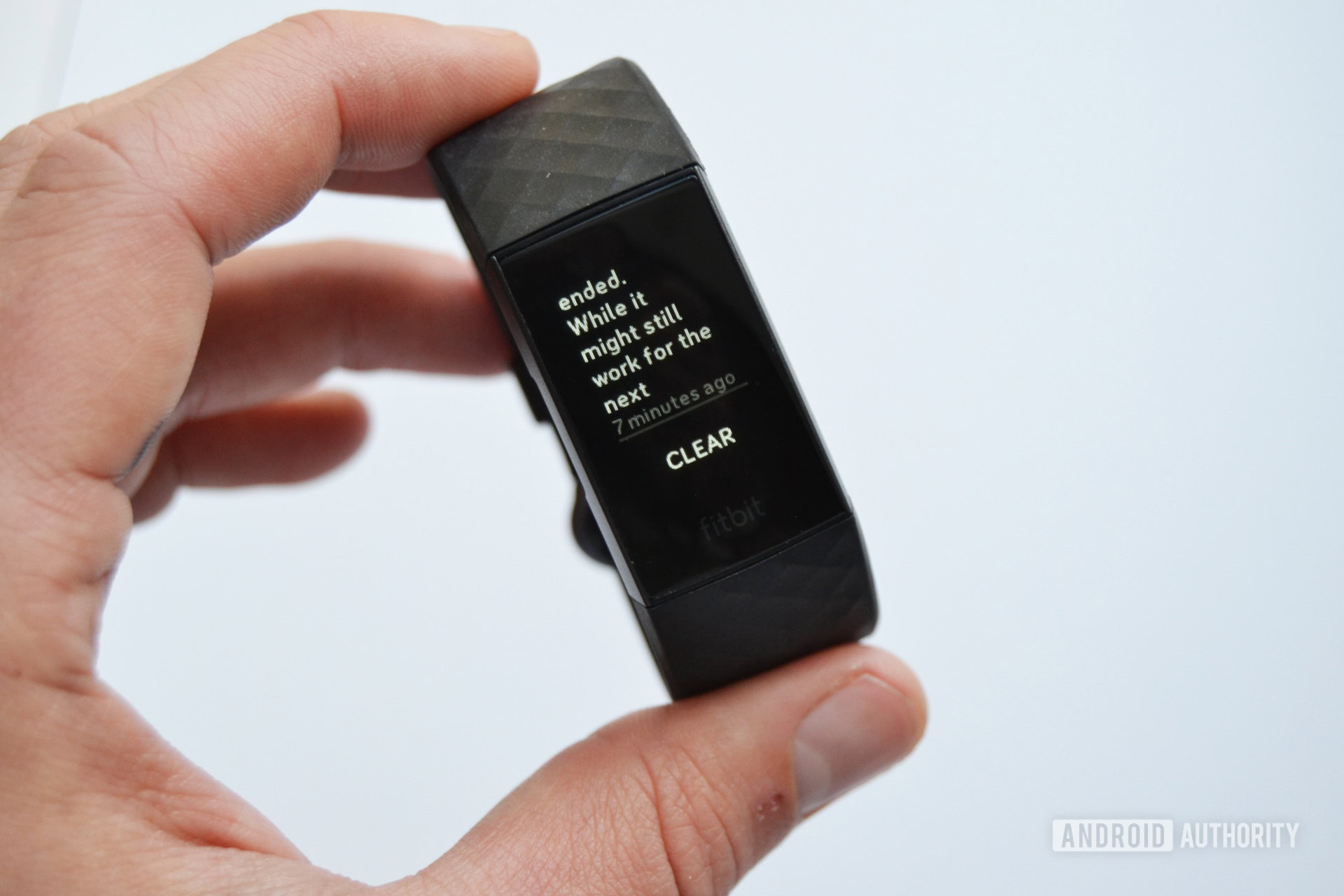
With the arrival of the Ionic and Versa, it’s clear Fitbit is now focused on competing in the smartwatch game. Luckily for us, the focus on smartwatches is bleeding over to its other fitness trackers.
The Fitbit Charge 3 is like a fitness tracker-smartwatch hybrid. It can receive all your smartphone notifications, and the company has now rolled out its quick reply feature to the tracker. Do note that this is only available on Android smartphones though.
Fitbit's focus on smartwatches is great news for people who are only interested in fitness trackers.
Also, notifications are much easier to read on the Charge 3 than devices with narrower screens like the vivosmart 4.
The software on the Fitbit Charge 3 is wonderful. It’s not the same version of Fitbit OS as the Versa or Ionic, but it’s similar. You still swipe down to get notifications, swipe up to access the Dashboard, and swipe left to select the Exercise, Relax (on-device breathing guidance), Timer, Alarm, Weather or Settings apps. In a future update, Fitbit will bring Calendar and Leaderboard apps to the tracker as well.
It feels weird to geek out about fitness tracker software, but I don’t care. The Charge 2’s UI was a huge headache, and the Charge 3 is much more intuitive. The new touchscreen display makes it much easier to sort through menus and select different options, too.
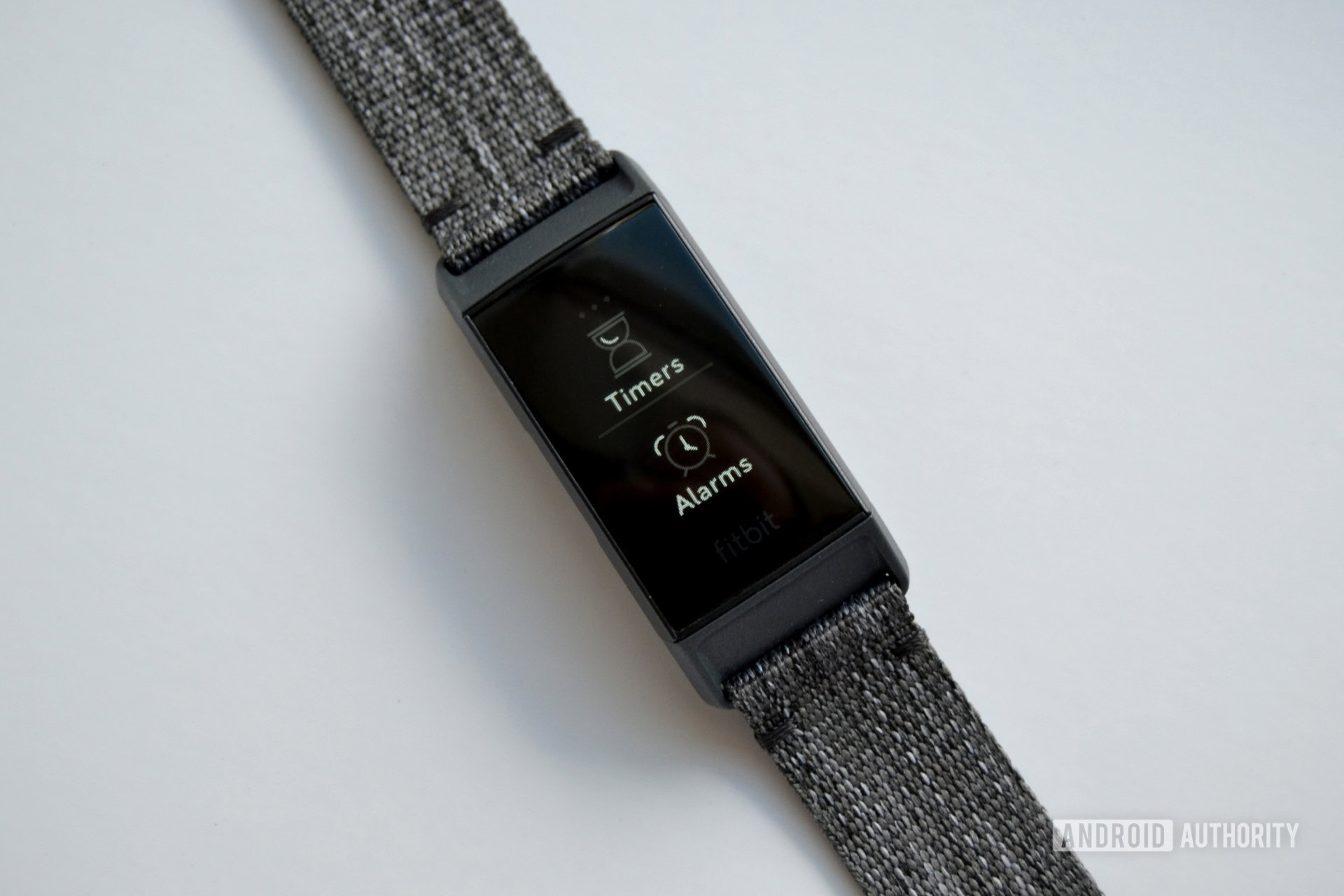
Fitbit is also working with a handful of companies to bring third-party apps to the Charge 3, similar to the apps available for the Versa and Ionic. Don’t expect a full-fledged app store on the Charge 3, but a few of Fitbit’s major app partners will likely release Charge 3 apps sometime soon.
You can even pay for things with the Charge 3. That’s right, Fitbit Pay support is here. Unfortunately, it’s not available on every model.
This is something I just don’t understand. Fitbit is trying to get people to use its contactless payment service, so only including it in the special edition model and charging $20 more for it is strange.
The Fitbit app

The Fitbit app is fantastic. It’s designed intuitively, looks great, and it’s super easy to find what you’re looking for.
The app’s home screen, or Dashboard, consists of a snapshot of the current day’s activity, complete with shortcuts to see things like steps taken, calories burned, and intensity minutes. Below that, you’ll see a shortcut to view any activity recorded that day, as well as the previous night’s sleep, your current heart rate, and weight, water, and food logs.
My biggest gripe with the Fitbit app is the lack of a proper calendar view. In Garmin’s app, you can easily see all your activities/health stats in a month-view calendar, so it’s easy to see how many days you’ve exercised in a certain week and so on. With Fitbit’s app, you can only scroll through your history day by day. It’s not very helpful. Now, you can see a month view calendar from the Exercises screen, but you can’t actually click on any of those days to get more information.
If anything, the Fitbit app emphasizes simplicity and social features at the expense of hardcore fitness data.
One other complaint — pretty much my only other complaint — is that the data screens for each of your tracked metrics (heart rate and calorie burn data) are very hard to read in the app. You can’t click to expand any of your stats, and the Fitbit app doesn’t use landscape mode. You have to go to the Fitbit Dashboard website to get in-depth details.
Fitbit’s app is one of the more social fitness apps out there. The Challenges section lets you compete with friends at certain locations, or participate in challenges alone. There’s also a Community tab in the app that’s basically a mini social network. You can join groups, share photos, comment on people’s posts, and more. It’s also a great way to stay motivated if you’re struggling to get up and go to the gym.
Related: Fitbit vs Garmin: Which ecosystem is right for you?
The Fitbit app also plays nicely with dozens of third-party fitness apps. That means if you’d like to keep using your favorite workout app — like MyFitnessPal or MapMyRun — all your fitness data recorded with your Fitbit will automatically sync with your health and fitness app.
Gallery
Price and availability
You’ll have a hard time finding a Fitbit Charge 3 in 2021. Fitbit has almost completely replaced it with the Charge 4 at various retailers. At launch, however, the device sold for $150 from Fitbit.com, Amazon, and other retailers. The model with Fitbit Pay launched for $20 more at $170.
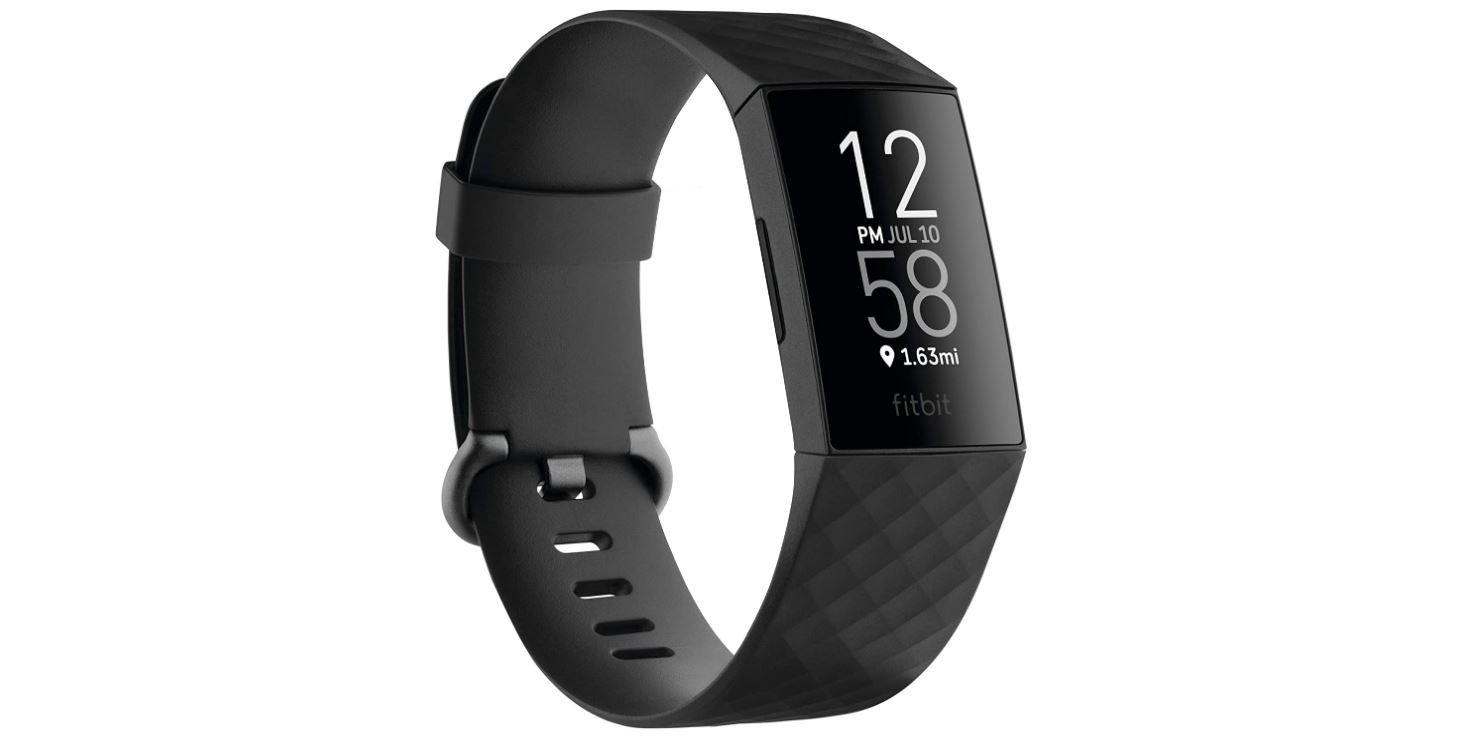
Should you buy it?
Fitbit knocked it out of the park with the Charge 3. It’s an attractive, accurate, and feature-packed fitness tracker. The display is awesome too, and it’s water-resistant. This is also one of the more accurate fitness trackers I’ve used in recent months.
This is one of the most polished devices Fitbit has ever made.
There are only a few things missing.
A lot of people (including myself) aren’t thrilled with the lack of GPS, but it helps bring down the cost at least. If you need GPS, or if you’re considering a Fitbit fitness tracker in 2021, opt for the Fitbit Charge 4. You won’t be sorry.
Next: The best Fitbit alternatives: Garmin, Samsung and more